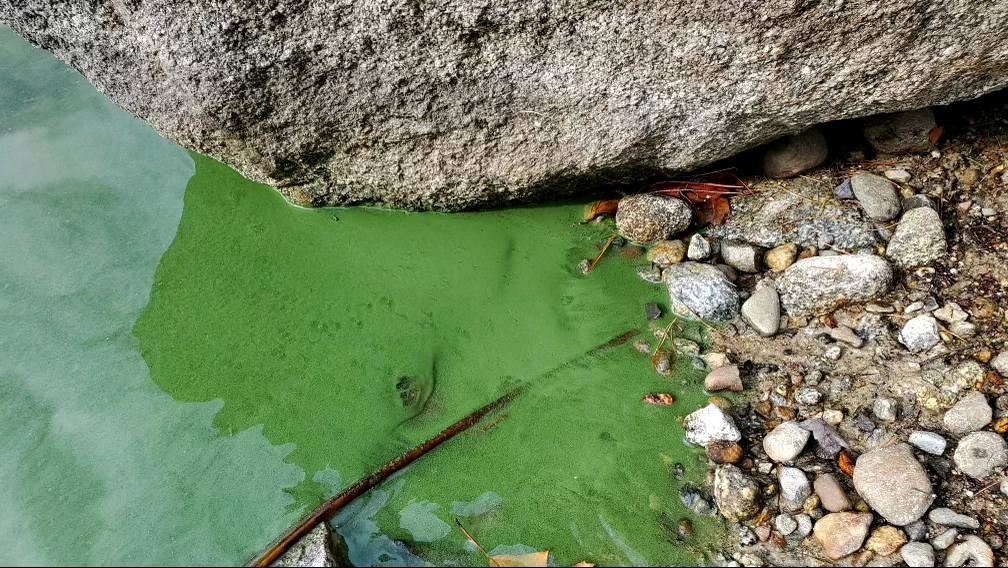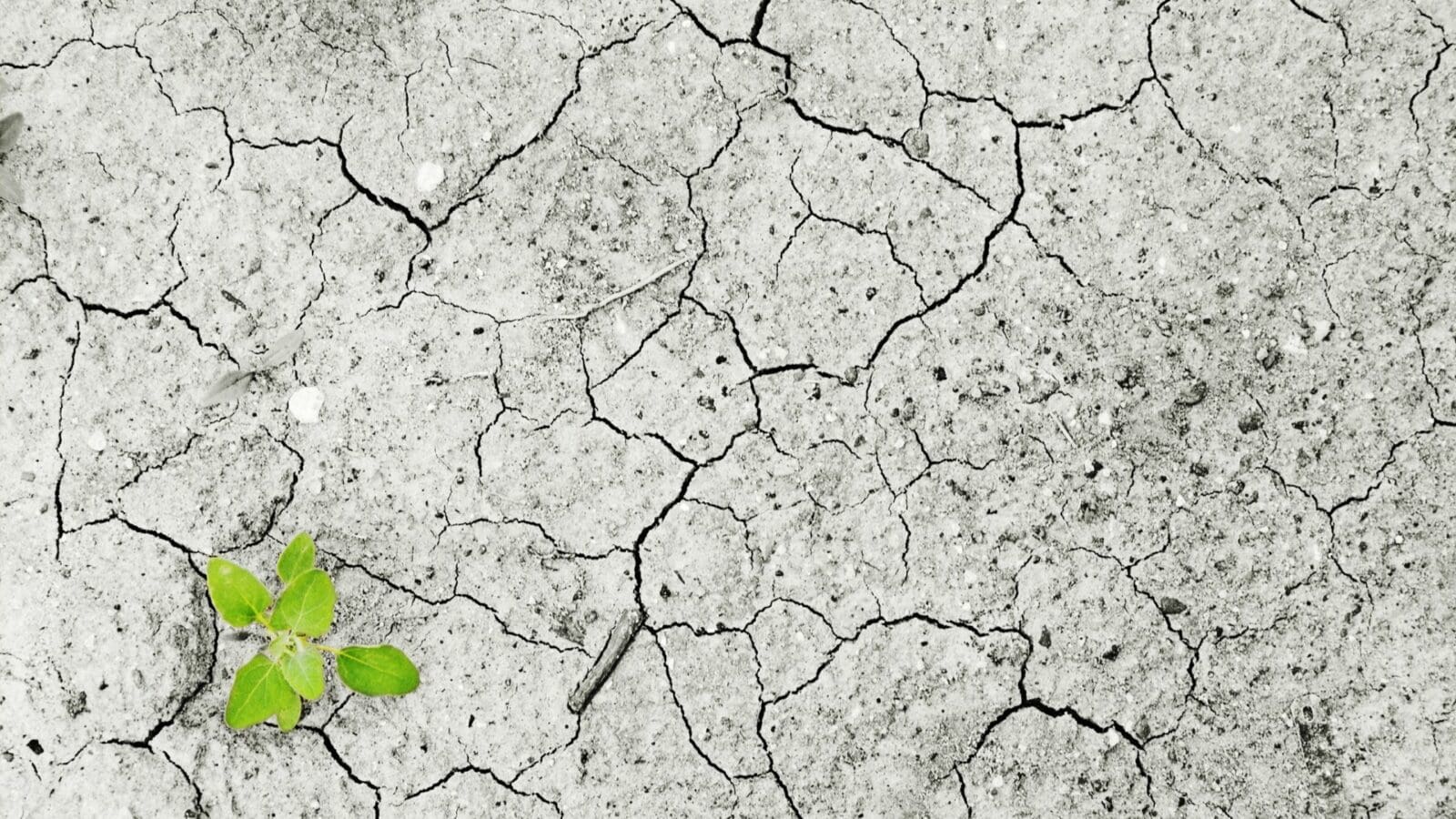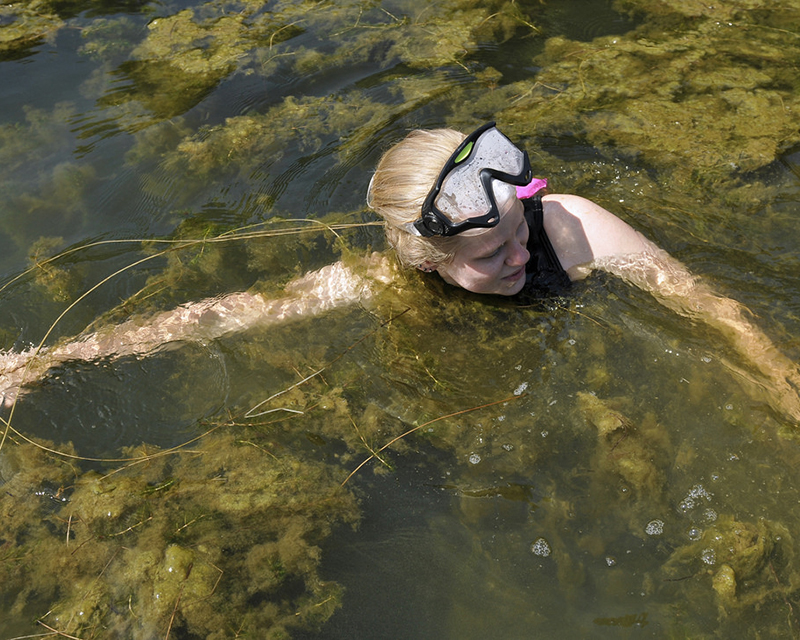Polluted Runoff Water
Polluted Runoff Water
New Hampshire’s forested land is being cleared for homes, businesses, roadways, and parking lots. The forested land has a natural ability to soak up melted snow and rainwater. Because of this, more runoff water travels across pavement and lawns, picking up pollutants and carrying them into our lakes.
The water quality of a lake is primarily determined by what flows into it from the surrounding landscape (the watershed).
Typical pollutants in runoff water include fertilizer, road salt, waste from septic systems and animals, and soil. These pollutants degrade the health of the lake in many ways.
Over ninety percent of the water quality problems in New Hampshire’s lakes and rivers are caused by polluted runoff.
Watershed Pollution Types
All lakes need some nutrients to support plant and algal growth. But, too many nutrients—particularly phosphorus and, to a lesser extent, nitrogen—degrade the health of our lakes. Too many nutrients in our lakes can cause an increase in the growth of invasive and native plants, bacteria, algae, and toxic cyanobacteria blooms.
Nutrient pollution is primarily carried into our lakes by runoff water that flows across the landscape, picking up fertilizer, animal waste, and eroded soil, which can all be high in nutrients. Nutrient pollution can also seep into the lake through surface water and groundwater contaminated by untreated wastewater from inadequate and failing septic systems.
Nutrients can also be mixed into the lake when shorelines and lake bottoms are disturbed by winds, wave action, and wakes produced by boating activities. Phosphorus pollution is harming many of New Hampshire’s lakes.
Dramatically rising concentrations of chlorides from salt applications have been identified in New Hampshire’s waters due primarily to salt (sodium chloride) use on roadways, walkways, and parking lots during winter. Chloride can be toxic to aquatic life and can foul waters used for drinking water supply. This problem is increasing in severity. In New Hampshire alone, in 2008, 19 waterbodies were listed as being impaired due to chloride pollution. In 2020, 50 waterbodies were listed as being harmed due to chloride pollution.
Other Threats to Water Quality

Cyanobacteria
New Hampshire’s lakes have seen a record number of toxic cyanobacteria blooms for the past three summers. These blooms can produce toxins that make people, pets, and wildlife sick.
Climate Change
New Hampshire is experiencing increased precipitation, but it’s happening in fewer storms. This means that more significant rainstorms occur after dry periods. As a result, the land can’t soak up all the rain at once, leading to more runoff water and nutrients entering our lakes that contribute to the growth of native and invasive plants, algae, and toxic cyanobacteria.


Invasive Species
Our lakes are home to many plants and animals that are good for the lake. But, some species are harmful to our lakes.

 by Martech Consulting
by Martech Consulting